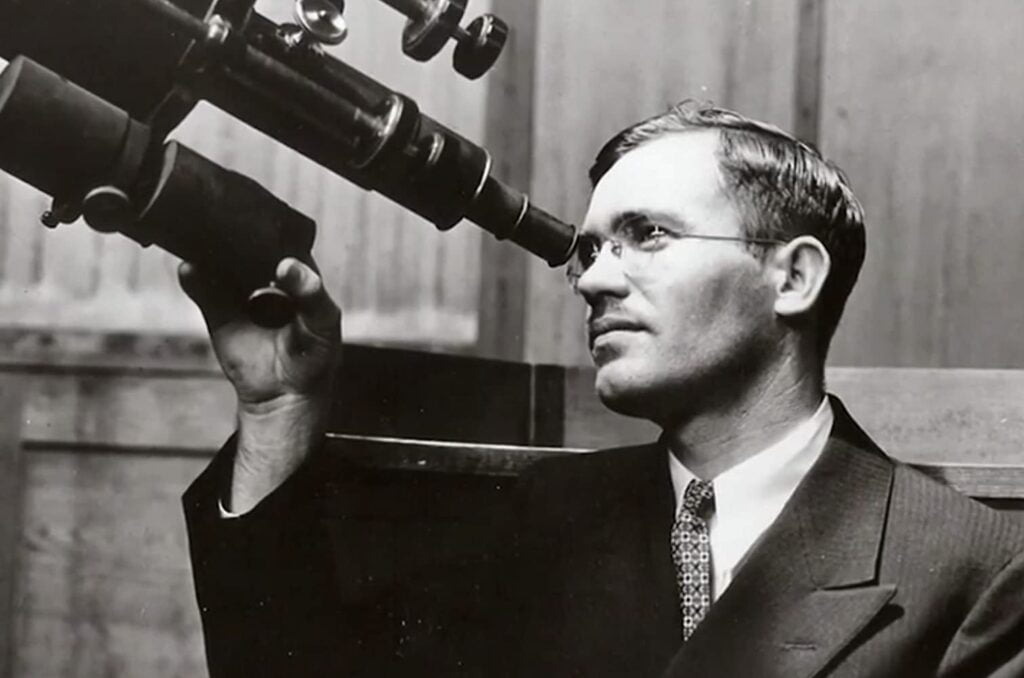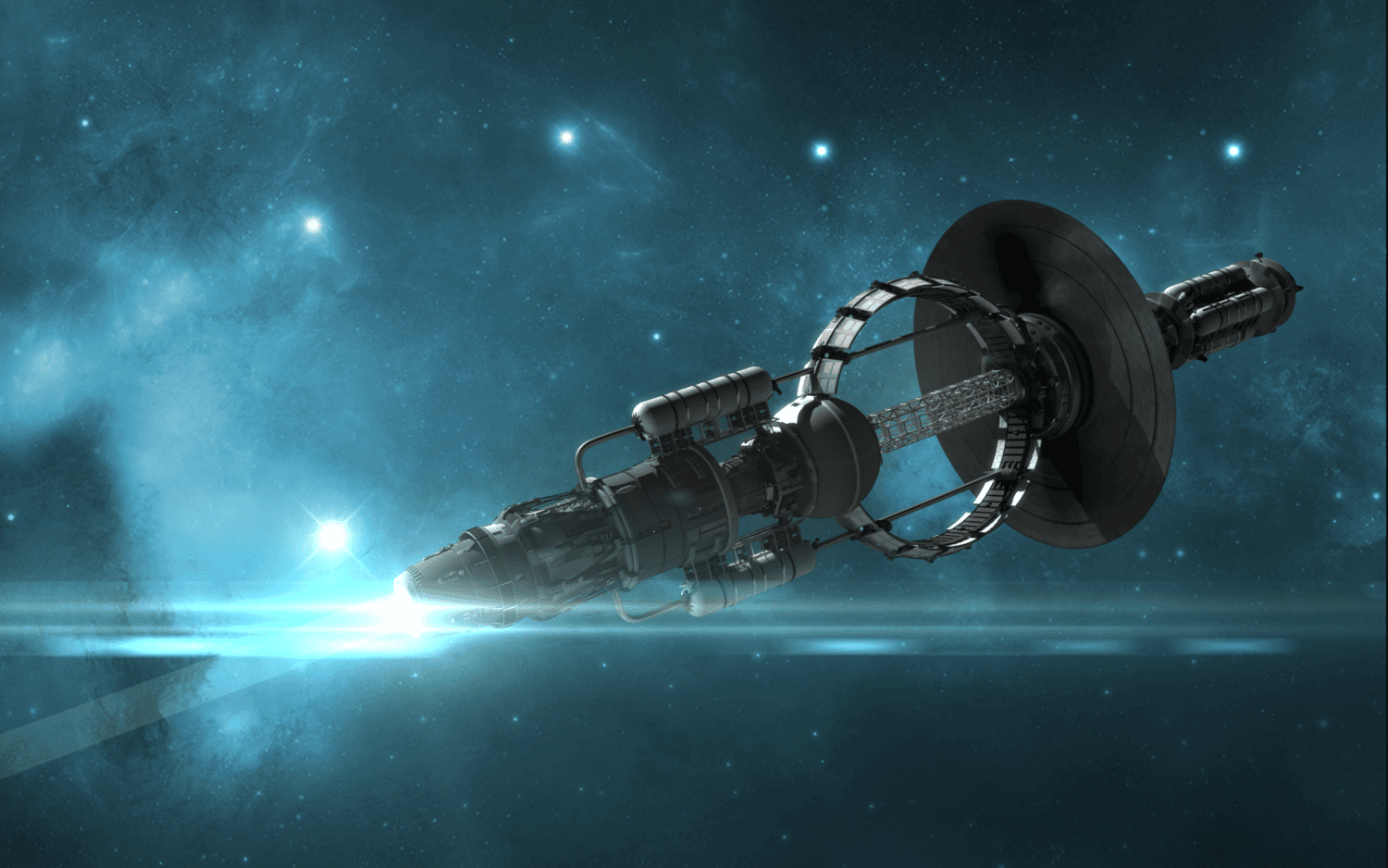Hey! Today is my birthday! I'm not saying this to wish me well, it's really functional to the introduction of this post. Today I turn 46, I have now reached a truly optimistic age. It is with extreme optimism, in fact, that I think: my birthdays can now be considered as a countdown towards the inevitable end.
We live our life without knowing when that end will come. But recognizing its inevitability encourages us to build monuments of our accomplishments that will last longer than us. Of course, our DNA can give us that kind of longevity through our children. But we often want to add meaning to the world we leave behind. A sense that goes far beyond our genetic code.
Dust you are, dust you will return. Ale.

In Genesis 3:19 I read: “In the sweat of your brow you will eat your food until you return to the earth, for out of it you were taken; for dust you are and to dust you will return.” The only person who escaped this fate is Clyde Tombaugh, the discoverer of Pluto. Some of its ashes are exiting the solar system aboard the New Horizons spacecraft. Too bad, though: in the end his ashes are nothing more than burned DNA without any useful information content. It would have been much more scientific for NASA to send an electronic record of his genome, or even better, frozen stem cells.
And the rest of us? Our remains remain on Earth, where the fundamental question remains of what to leave here to be remembered. The “monuments” of the primitive inhabitants are the paintings left on the walls of the caves. Emperors, Kings and wealthy individuals left statues or portraits that preserve their physical appearance. Architects created buildings. The best monuments, however, are not physical: far from it. The best monuments are spiritual in nature. Musicians have left their compositions, scientists their original equations, painters their paintings and writers their stories. These fruits of creativity live in the space of abstract ideas, not in real space. An idea can last forever as long as there is a brain that knows and recognizes it.

The importance of creating interstellar “monuments”.
I know I'm getting ahead of myself (it's the habit of those who care about the future), but all Earth's creations will disappear when the sun warms up in a billion years, and evaporates all the Earth's oceans. Is there any hope of creating monuments that survive this end? The best approach might be to send “monuments” into space, somewhat like Tombaugh's ashes.
Our longest-lived monuments may be technological relics that exhibit active intelligence greater than the natural intelligence of humans. They could be represented by artificial intelligence (AI) equipment. Imagine small satellites, CubeSat compact machines equipped with artificial intelligence and 3D printing. Monuments that carry our history into the infinity of the universe.
Go, and tell about us
Sending such “monuments” into interstellar space, after training them through machine learning, would be a bit like sending our children out after educating them. Each of us could train a unique AI system that reflects our own sense of meaning and purpose in life. Instead of painting a cave wall that will collapse in a billion years, with these technological monuments we can model the contents of our personal artificial intelligence system that will survive for billions of years in space, as if it were our technological avatar.
These avatars could even survive the death of the Sun, continuing their journey indefinitely. Perhaps replicating damaged parts or making extra copies of themselves with 3D printing.

What if it had already happened? Where are the “monuments” of other civilizations?
To find out, we should look around for the interstellar monuments of those who preceded us in the cosmos. So far, all the telescopes we've used to survey the sky haven't been sensitive enough to detect sunlight reflected from an object as tiny as a CubeSat. The upcoming project Legacy Survey of Space and Time (LSST) of the Vera C. Rubin Observatory could find such monuments.
There's more (be careful that I also introduce the UFO theme): if such objects entered the Earth's atmosphere, they could be classified as unidentified aerial phenomena (UAP), of the type mentioned in relationship delivered to the US Congress on June 25, 2021. Maybe something like that?
The project Galileo recently announced it could potentially discover extraterrestrial monuments as they pass close to Earth. Autonomous avatars may have been sent by other beings a long time ago, and perhaps they survive that same civilization.


